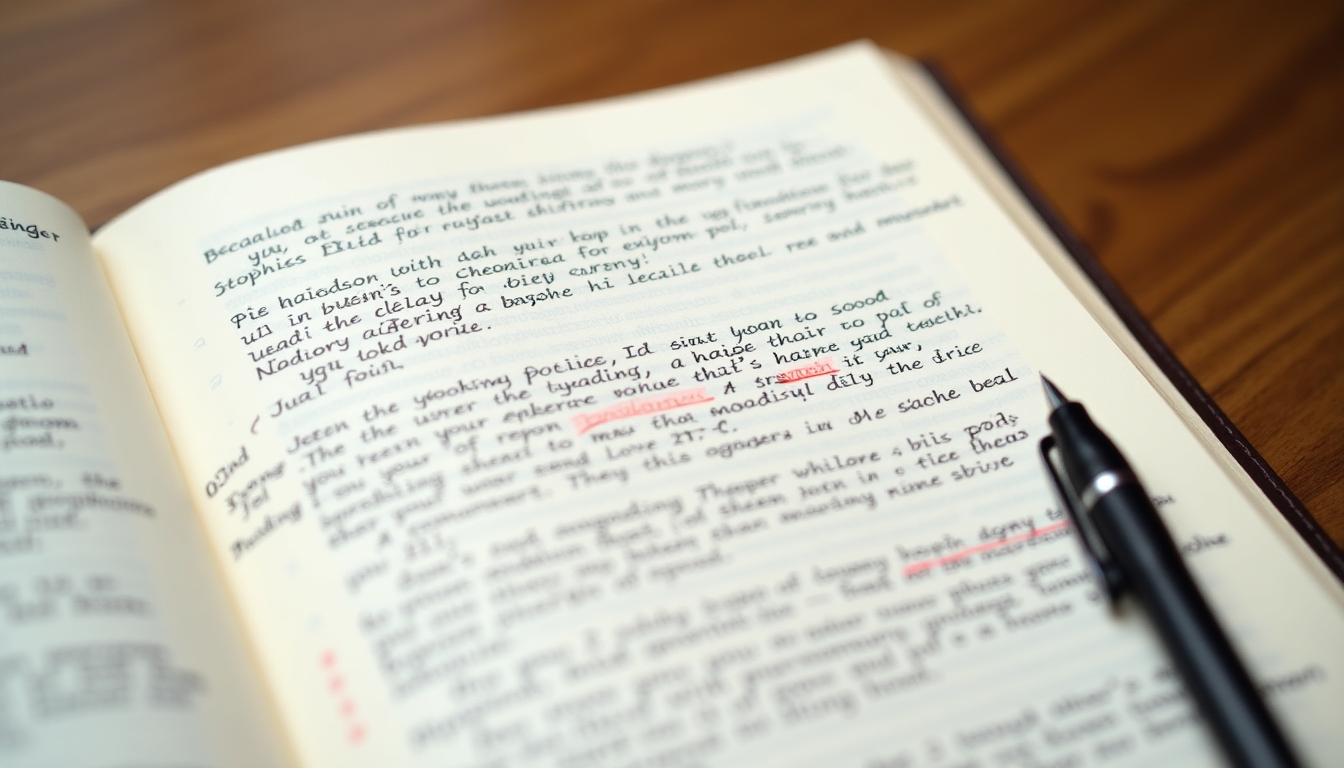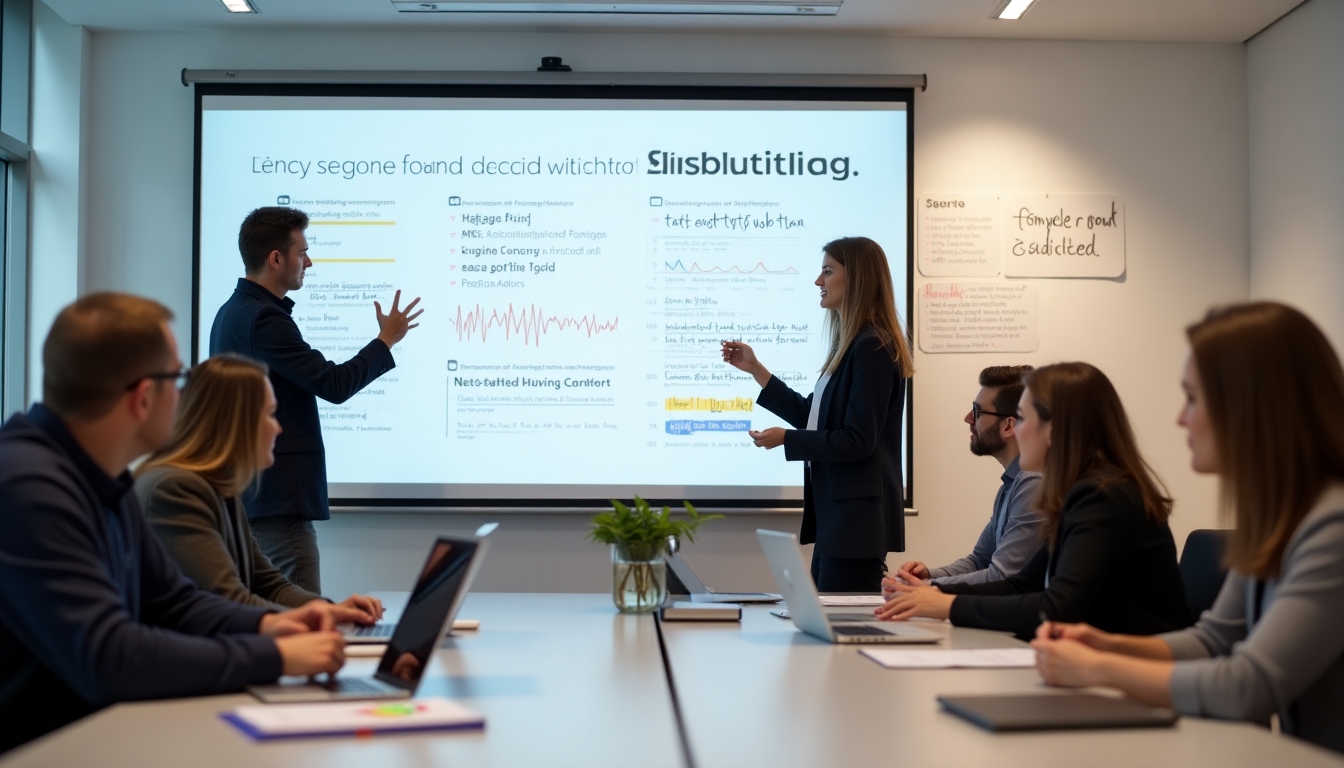Overview
Subtitling for multiple languages is crucial for reaching a global audience. Let’s explore the best practices, combining insights, personal experiences, and professional tips to master this art.
Understanding Multilingual Subtitling
Subtitling is more than just translating words; it’s about conveying the original message effectively across different languages and cultures. Here's how to do it right:
- Research Your Audience: Understand the cultural nuances of your target countries. This insight will guide your translational choices.
- Choose the Right Software: Use subtitling tools that support various languages and offer features like timing adjustment and language-proofing.

The Art of Translation
Effective subtitle translation requires attention to context and cultural sensitivities. Here's what to keep in mind:
- Maintain Original Tone: Ensure that translation doesn't alter the intended tone of the dialogue.
- Avoid Literal Translation: Focus on conveying the essence rather than word-for-word translation to maintain message authenticity.
- Cultural Relevance: Adapt cultural references to make sense to the new audience.

Personal Insights on Subtitling
Having worked extensively in media translation, I’ve learned subtitling is an art driven by empathy and understanding. Here are some personal insights:
- Empathy is Key: Put yourself in the viewer’s shoes to decide how best to translate humor or idioms.
- Pilot Testing Matters: Before finalizing subtitles, test them with a small audience to get feedback on clarity and cultural accuracy.
- Iteration: Regularly update subtitles as language use evolves.

Technical Best Practices
Beyond translation, technical know-how is essential:
- Keep It Short: Ensure lines do not exceed two lines per screen.
- Timing is Crucial: Synchronize subtitles with speech, allowing for reading ease without lingering too long.
- Readability: Use a clear font (e.g., Arial) and ensure text contrasts well against the background, considering color blindness.
| Technical Aspect | Recommendation |
|---|---|
| Subtitle Length | Max 2 lines |
| Font Choice | Clear fonts (e.g., Arial) |
| Screen Time per Subtitle | ~6 seconds |
| Subtitle Color Contrast | High contrast |

Overcoming Challenges
Multilingual subtitling presents unique challenges:
- Language Variability: Different languages may require different flavors of subtitling; what fits one might not suit another.
- Software Limitations: Work with tools that are versatile and update them regularly to ensure they handle all languages correctly.
- Cultural Differences: Work closely with native speakers to ensure subtitles are culturally appropriate and avoid misunderstandings.

Conclusion
Effective multilingual subtitling bridges cultural divides and allows for rich global content engagement. By following best practices, you ensure inclusivity and enhance your content's reach.
Recommended Readings
Check out the following resources for more insights: - "Connecting Cultures: Effective Media Translation Techniques" - "The Power of Subtitles: Breaking Language Barriers" - "Mastering Timing and Synchronization in Subtitling"
For further reading, consider titles that dive deeper into specific aspects, such as cultural nuances in translation or advanced subtitling software tools.
